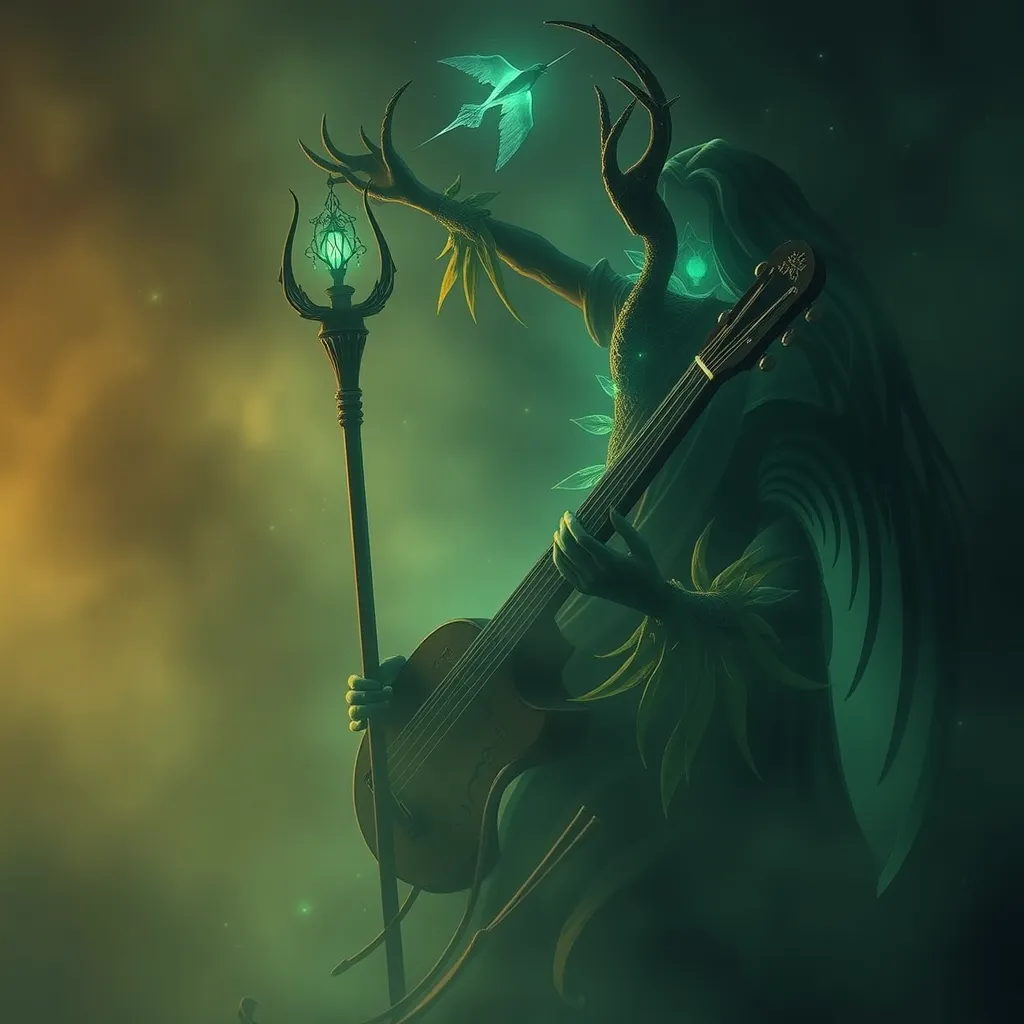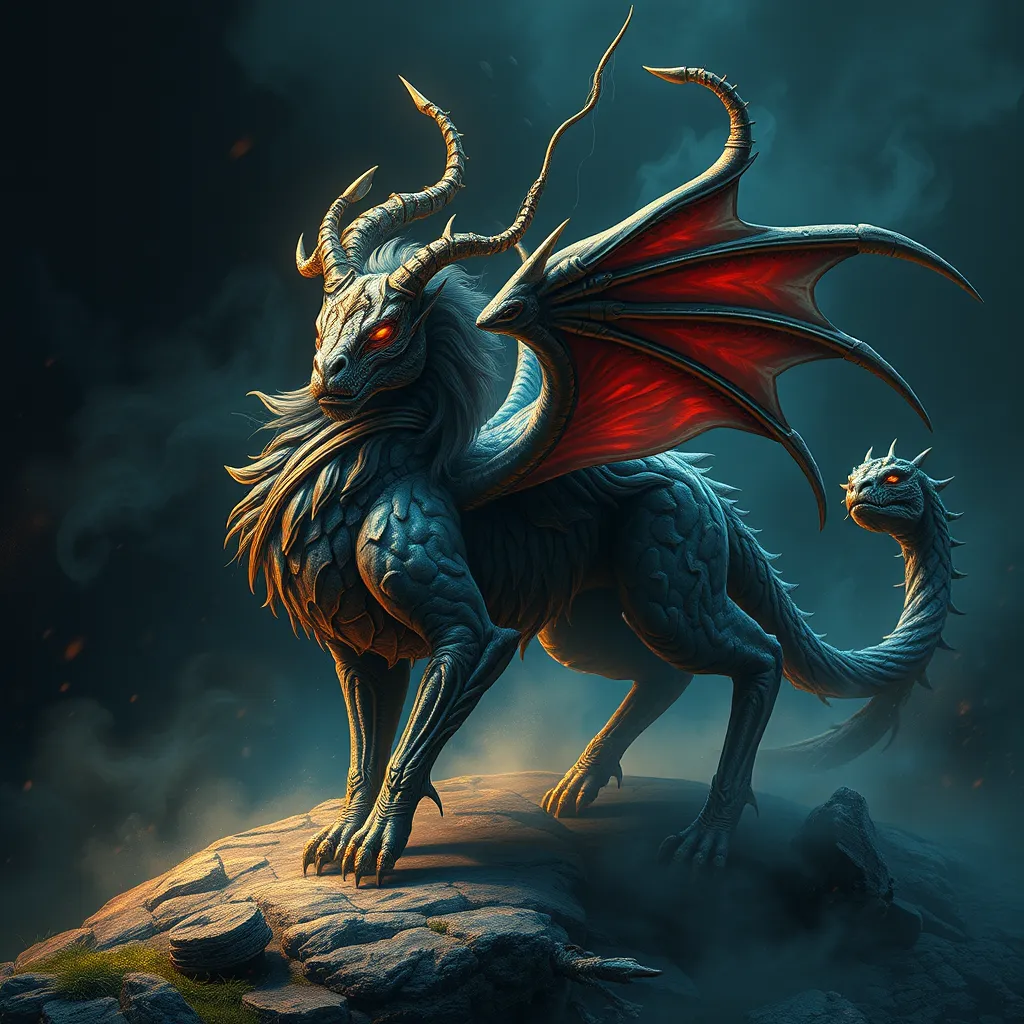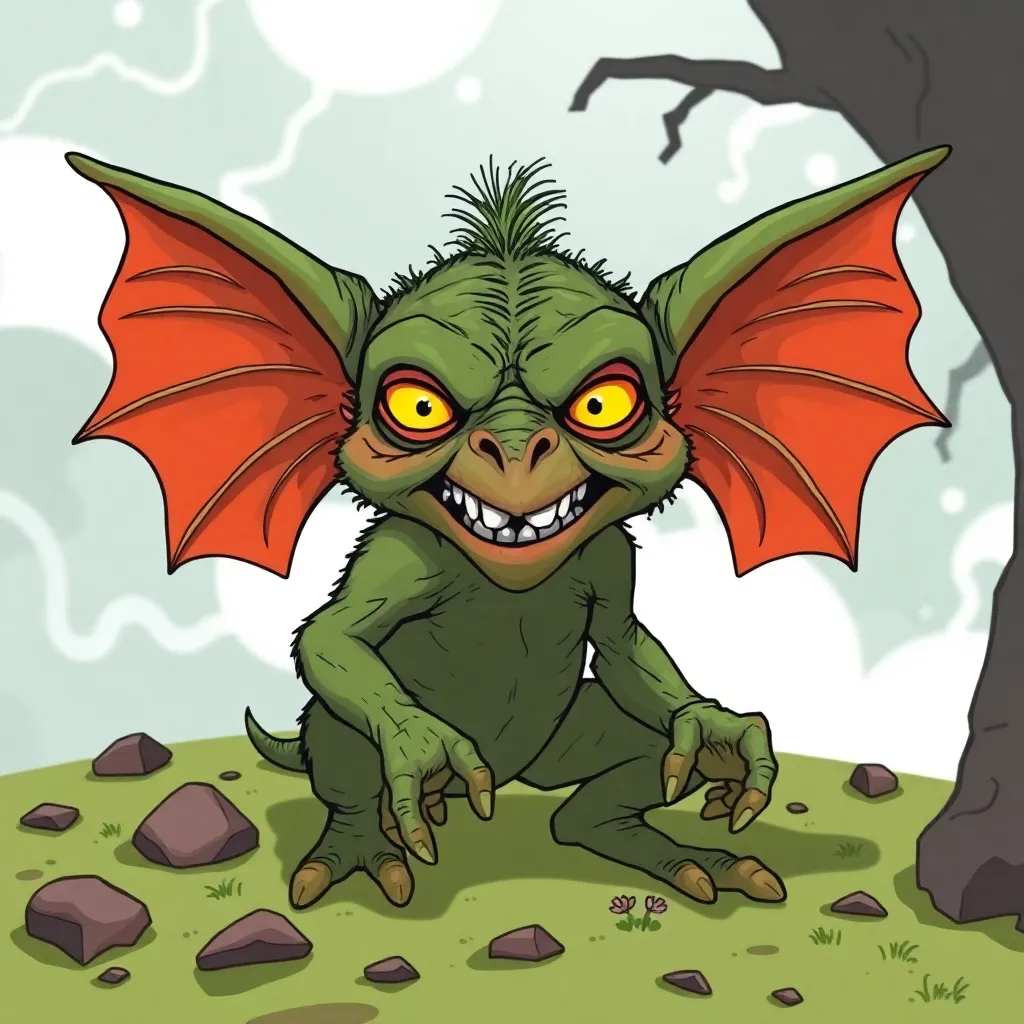The Baku in Children’s Literature: Exploring the Myth’s Use in Imaginative Storytelling
I. Introduction to the Baku Myth
The Baku is a mythical creature from Japanese folklore, often depicted as a tapir-like being with the ability to devour nightmares. Its origin can be traced back to ancient China, where it was known as a guardian of dreams. As a creature deeply embedded in the cultural fabric of various East Asian societies, the Baku holds a significant place in folklore, serving both protective and transformative roles.
In children’s literature, the Baku serves as a fascinating character that embodies the themes of protection and imagination. Its unique attributes and cultural significance make it an ideal figure for storytelling, allowing young readers to engage with their fears and dreams in a safe and magical way.
II. The Baku as a Symbol of Protection
One of the primary functions of the Baku in folklore is its role in warding off nightmares. Traditionally, children were encouraged to summon the Baku to consume their bad dreams, allowing for peaceful sleep and emotional security.
In children’s stories, this protective theme manifests in various ways:
- The Baku as a comforting presence during bedtime
- Stories that illustrate the process of confronting fears and anxieties
- Character arcs where children learn to trust in the Baku’s abilities
Several books incorporate the Baku as a guardian figure, including:
- The Baku Who Ate Nightmares by Yoko Tanaka
- Dream Guardian: The Tale of the Baku by Mina Hoshino
- Good Night, Baku by Hiroshi Nakamura
III. The Baku’s Characteristics and Symbolism
The Baku is typically characterized by its unique physical attributes, resembling a blend of a tapir, elephant, and other creatures. This dream-eating guardian often has a large snout, tusks, and a body covered in shaggy fur, creating a whimsical and approachable figure for children.
Symbolically, the Baku represents several important themes in different cultures:
- Protection against evil spirits and nightmares
- The power of dreams and the subconscious
- Transformation and healing through confronting fears
These characteristics influence storytelling in children’s literature, where the Baku often serves as a catalyst for growth and understanding, helping children navigate their fears through imaginative storytelling.
IV. The Baku in Modern Children’s Literature
Contemporary authors have begun to explore the Baku in innovative ways, breathing new life into this ancient myth. Some notable authors include:
- Yoko Tanaka, known for her engaging narratives and vibrant illustrations
- Mina Hoshino, who integrates traditional and modern storytelling techniques
- Hiroshi Nakamura, who focuses on the emotional journeys of children facing their fears
Case studies of popular children’s books reveal how the Baku is integrated into modern narratives:
- Dreams of the Baku – A story that follows a child’s adventure with the Baku through dreamland.
- The Baku’s Nightly Voyage – An exploration of how the Baku travels through children’s dreams.
- Baku: The Guardian of Sleep – A tale that highlights the Baku’s role in protecting children from nightmares.
These trends indicate a growing appreciation for the Baku’s role in children’s literature, as authors continue to weave this myth into narratives that resonate with modern themes of empowerment and resilience.
V. The Role of Imagination in Baku Stories
The Baku serves as a powerful symbol of creativity and imaginative play. By invoking the Baku, children are encouraged to explore the realms of fantasy and possibility. This imaginative aspect is crucial in children’s literature, as it fosters creativity and emotional expression.
Fantasy elements play a significant role in enhancing the storytelling experience:
- Creating dreamlike landscapes for adventures
- Introducing fantastical creatures that accompany the Baku
- Incorporating magical elements that transform ordinary situations
Authors often utilize various techniques to enhance these imaginative aspects, such as:
- Vivid descriptive language that paints a picture in the reader’s mind
- Interactive narratives that invite readers to engage with the story
- Incorporating illustrations that complement the fantastical themes
VI. Cross-Cultural Perspectives on the Baku
The portrayal of the Baku varies across cultures, showcasing its adaptability and significance in different storytelling traditions. In Japan, the Baku is seen primarily as a protector of dreams, while in Chinese folklore, it is a symbol of wisdom and protection against evil.
This cultural context influences how the Baku is represented in children’s literature:
- In Japanese stories, the Baku often embodies a nurturing presence.
- In Chinese narratives, it may take on a more heroic role, confronting dark forces.
The Baku serves as a bridge between these cultural narratives, allowing children to appreciate the universal themes of protection and courage found in diverse storytelling traditions.
VII. Educational Value of Baku Stories
Baku-related stories offer valuable lessons and morals for young readers. These narratives often address themes such as:
- Facing fears and overcoming obstacles
- Understanding the importance of dreams and imagination
- Learning to trust in protective figures
The impact of these stories extends beyond entertainment, contributing positively to children’s emotional and psychological development. By incorporating Baku tales into educational settings, educators can facilitate discussions about:
- Emotional well-being and coping strategies
- Imagination and creativity in problem-solving
- Cross-cultural understanding and appreciation
VIII. Conclusion: The Enduring Legacy of the Baku in Children’s Literature
The Baku’s significance in storytelling is profound, acting as a symbol of protection, imagination, and cultural exchange. Its presence in children’s literature continues to inspire new generations of readers and writers alike.
As authors explore the potential for future narratives involving the Baku, the possibilities for creative storytelling remain vast and exciting. The enduring legacy of the Baku enriches children’s literature, reminding us of the importance of myth in nurturing imagination and understanding in young minds.



